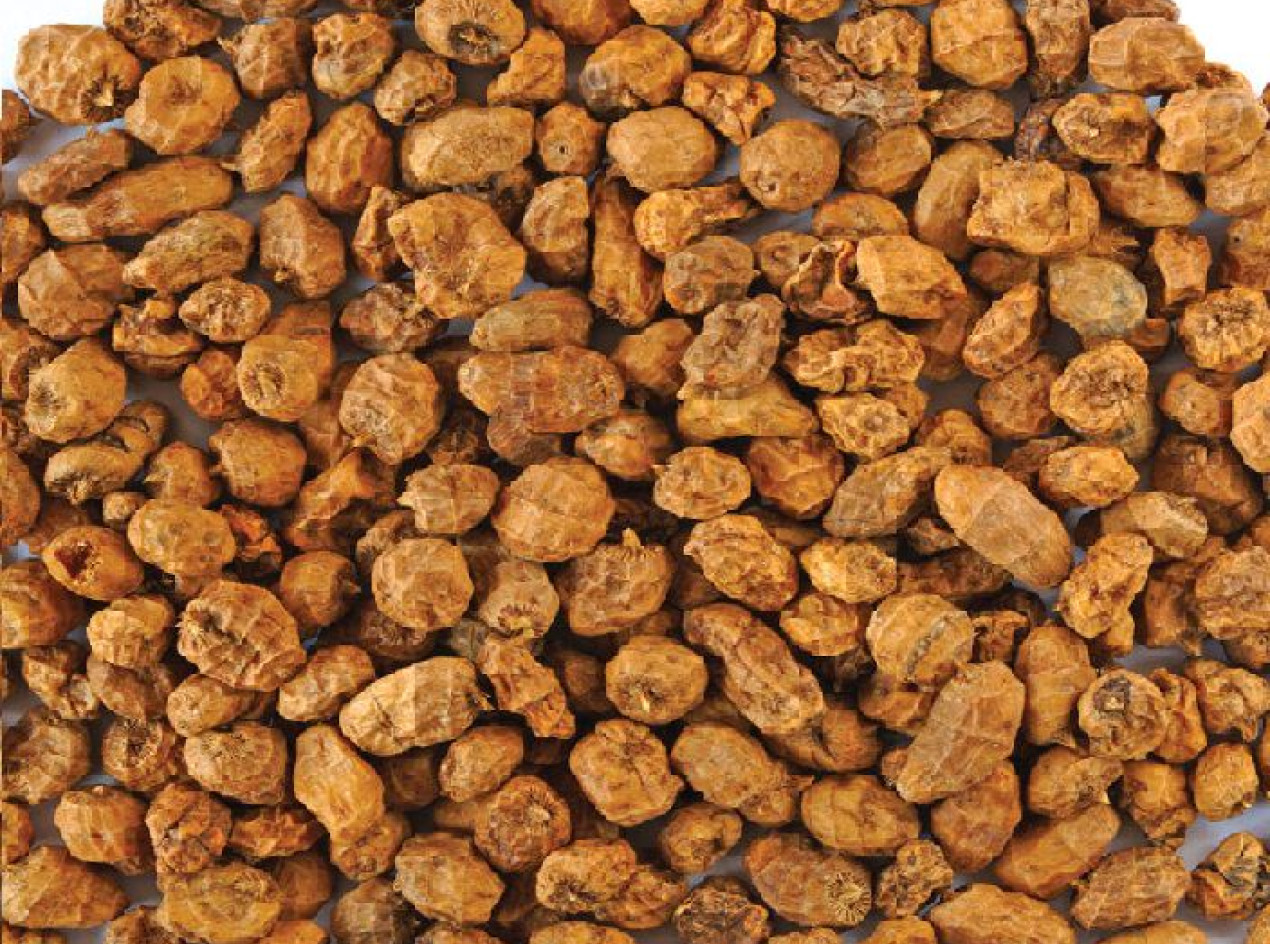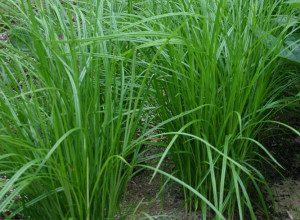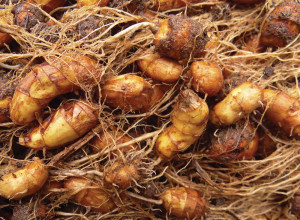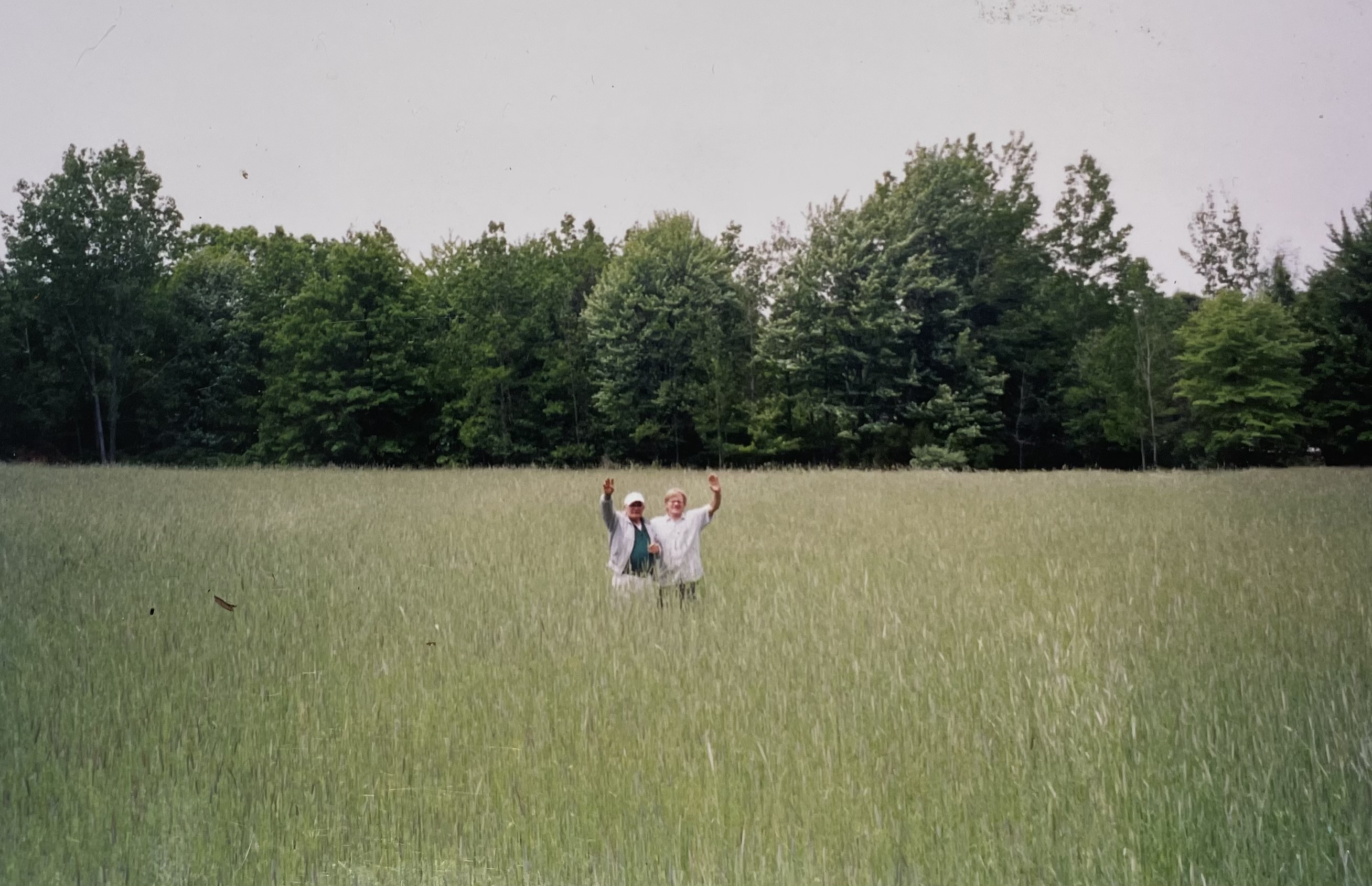Tags: Chufa
Experience-Seeds-Knowledge-Plant Discoveries-Ecological Enrichment-Join Now Click Here!

Annual Tropical Grass Species with Nutritious and High Oil Tuber-Early Selection for Northern Climates
Chufa is one of the oldest cultivated plants going back 5,000 years or more. Tubers contain 20-30% oil with a composition similar to olive oil, 80 percent unsaturated fats. Flavor is remarkably like coconut. Small tubers can be eaten fresh or ‘juiced’ to create the famous “horchata” drink. Easy to cultivate as a form of annual grass even as an ornamental grass. No insect or disease damage to the plant itself although the tubers are a favorite of voles and turkeys at my farm due partly to their high calorie profile.
This is not the ‘weedy’ or perennial nutsedge well known as an agricultural weed. Sativus is the clump forming annual grass that produces large clusters of tubers just below the soil surface. It takes about 80 to 100 days to ripen completely. The tubers are harvested by pulling up the grass in bunches and there are harvesters designed for them as well although probably not available in North America. Adaptable to any soil will do with this selection. But irrigation greatly increases yields. Each tuber forms a 6 inch clump with foliage that reaches up to 2-3 ft. tall. In Michigan it is productive and is a potential oil crop. For the last 30 years of growing it, I began to find some selections that are more early ripening. This is probably the only selective process I could do with it because it does not flower or produce any seeds of any sort.
Tiger nuts do not survive winters in Michigan as a perennial even if the ground does not freeze. Florida was the last state to grow it commercially. All chufa is imported from overseas from Spain as a gourmet food stuff. It is also widely grown in Africa and Morocco where cultivars are used the same way potatoes are. Smaller sized tubers are used to some extent in wildlife seed mixes for feeding deer and turkey.
Because of the plant selection process over the course of many centuries, "sativus" origin was likely Africa where the grass was found on the river plains and cultivated there directly to some degree. Today like potatoes the flowering has been bred out and over time it is now only cultivated via tubers. This crop has some relationship to yellow nutsedge but only in the common name. For some time taxonomists want to change or amend the species name of the annual form as it is so distinct. For now, variety sativus will have to do.
To plant just push into the soil about an inch deep. Some growers soak the tubers 8 hours prior to planting which will speed up germination, but it is not necessary. No dormancy need be applied.
Easy to harvest, just pull out the clump and rinse with a sprayer. Will store for a long time once dried, easy to keep for the next season's propagation. No insect problems but voles may consume the crop if you are not careful keeping the grass away. Turkeys will dig around the plant and eat the tubers as they mature.
On flavor: In the fresh state, it is one of the most addictive snacks at my farm. The flavor along with the crunchy texture and sweetness make it very irresistible. Once I took a clump to a class I was teaching. After a few minutes I noticed all the tubers were picked meticulously clean from the grass roots.
On yellow nutsedge: For a while I tried to harvest perennial yellow nutsedge tubers for a foraging workshop. Ironically, they were very difficult to find and often very small. The ones I did find did not have the usual chufa flavor and are not as desirable in texture either. I was surprised at the low yields and long rhizomes despite the amount of top growth and area of the grass colony. Obviously this wild selection much like mint produces a more rhizome root with only a few tubers per rhizome. It could be possible to develop a perennial nutsedge for oil production. But to do that you would likely have to find 'the worst weed' type with lots of tubers and small amounts of rhizomes and cross it with 'the best cultivated' type with clumpiness and large tubers. Not an easy task but a possibility for a high energy oil crop perennial in nature.
On the selection process: There is not a huge difference of the human cultivated types grown and sold by the different seed companies here in the U.S. Over the course of two decades, I selected the types with the highest yields and early ripening. It was difficult to prevent consumption by turkey and voles in my plantings until last year I began a more robust selection process to make sure I nailed down the characteristics of a good yielding chufa. There is no real varietal selections as the plants do not flower or set seed. When you buy the types I offer, realize these have been selected for Michigan's climate and likely would work for a snack food and/or an oil crop. Treat as an annual crop.
| Plant Specs | |
| Genus & Species | Cyperus-esculentus-variety-sativus Early Sativus is the annual subspecies and selection under cultivation of tropical origin Mixed large and small types but early ripening is critical with the highest part of the crop producing larger tubers. |
| Seed Source | Early-Selected at my farm over the course of 30 years growing the plant from multiple sources and trying to figure out when one would be productive at my farm. The idea was to find shorter season selections that could be grown outside of Florida. |
| Hardiness | Annual-Dies in the ground during winter. Cannot survive frozen ground. 32F . Annual. |
| Height (ft) | 2-3 |
| Width (ft) | 3 |
| Pollination Requirements | Sterile-does not produce seed and no flowers are produced at all. This selection is completely flower free. The images on most websites show the perennial nutsedge flowers. This is not that. |
| Soil | Dry to wet. Very adaptable but best growth in sandy type soil. |
| Climate | Zone 5-10. 90-100 days frost free might be best. |
| Ease of Cultivation | Anyone can grow it. Full sun, supplemental fertilizer and irrigation really increase the yields. Like eating mini coconuts-so delicious and rewarding to grow. The only issue is voles getting into them and eating the crop. Does not self regenerate in any way. Accidently leaving the crop in the ground or not harvesting the crop destroys the tubers 100 percent during the winter. Selected for early ripening and larger tuber selections that develop fully in the 90-120 day range with minimal summer heat. |



.jpg)

